Tour.
Nine day UK tour.
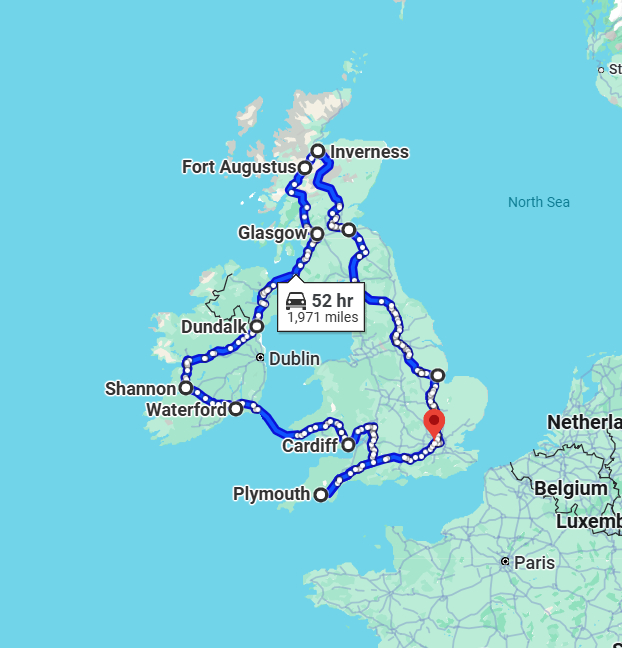
- Day 1 – London to Plymouth
- Day 2 – Plymouth to Cardiff
- Day 3 – Cardiff to Waterford
- Day 4 – Waterford to Belfast
- Day 5 – Belfast to Glasgow
- Day 6 – Glasgow to Scottish Highlands
- Day 7 – Scottish Highlands to Edinburgh
- Day 8 – Edinburgh to Leeds
- Day 9 – Leeds to London
- Miles: 2000
- Start: any point on the route
- Time: 9 days
- Suitability: A2 or above
A nine day tour of the United Kingdom. This is a perfect tour to learn more about the UK.
This route includes ferry crossings, A roads to country roads. UK low emission zones (LEZ) do not include motorbikes.
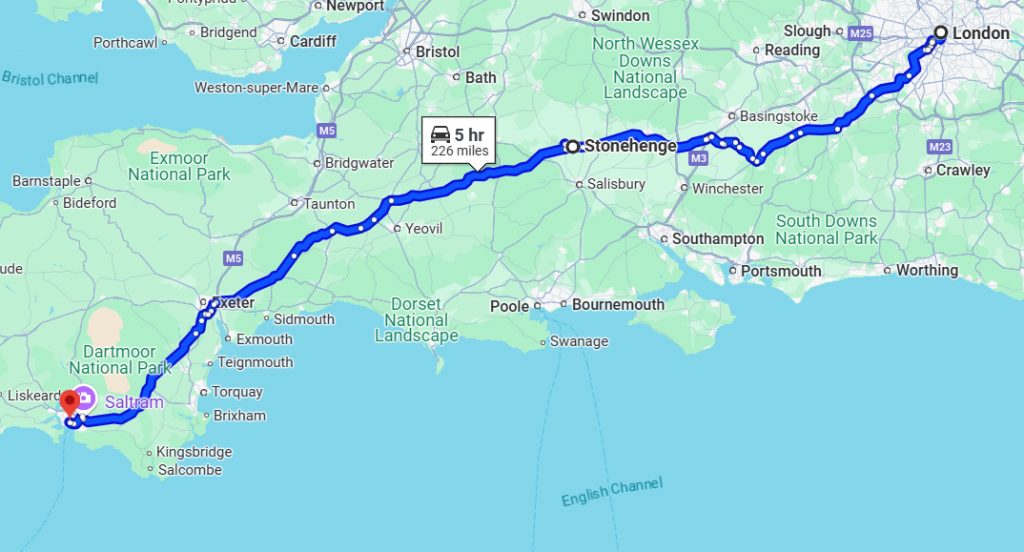
Day 1. London to Plymouth.
London, Stonehenge and Plymouth.
Greater London, Berkshire, Wiltshire, Dorset and Devon.
- Miles: 225
- Time: 5 to 6 hours
London, the capital and largest city of both England and the United Kingdom. London stands on the River Thames in southeast England, at the head of a 50-mile (80 km) tidal estuary down to the North Sea, and has been a major settlement for nearly 2,000 years.
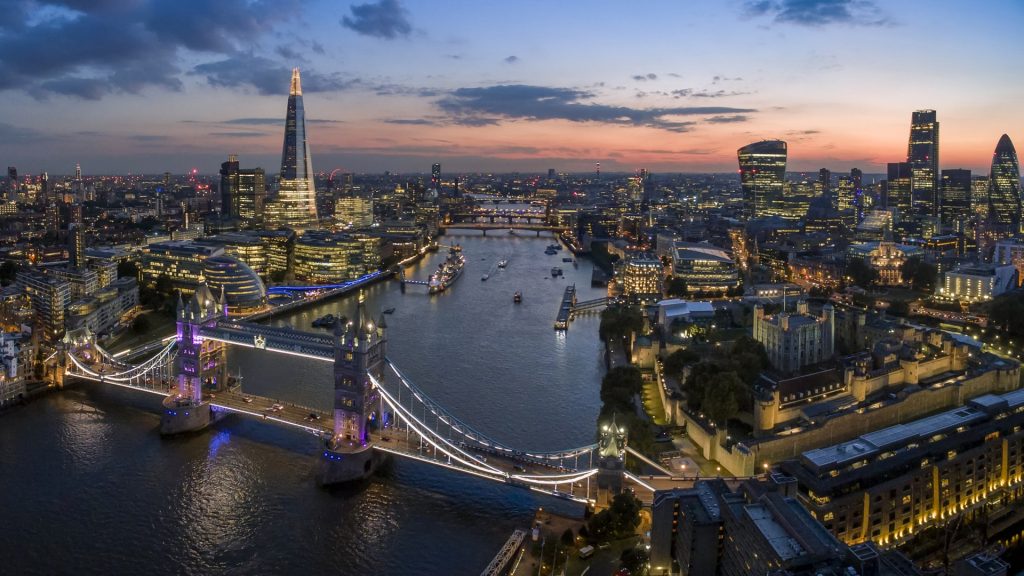
Stonehenge, is a prehistoric structure on Salisbury Plain in Wiltshire, England, 2 miles (3 km) west of Amesbury. It consists of an outer ring of vertical standing stones, each around 13 feet (4.0 m) high, seven feet (2.1 m) wide, and weighing around 25 tons, topped by connecting horizontal lintel stones.
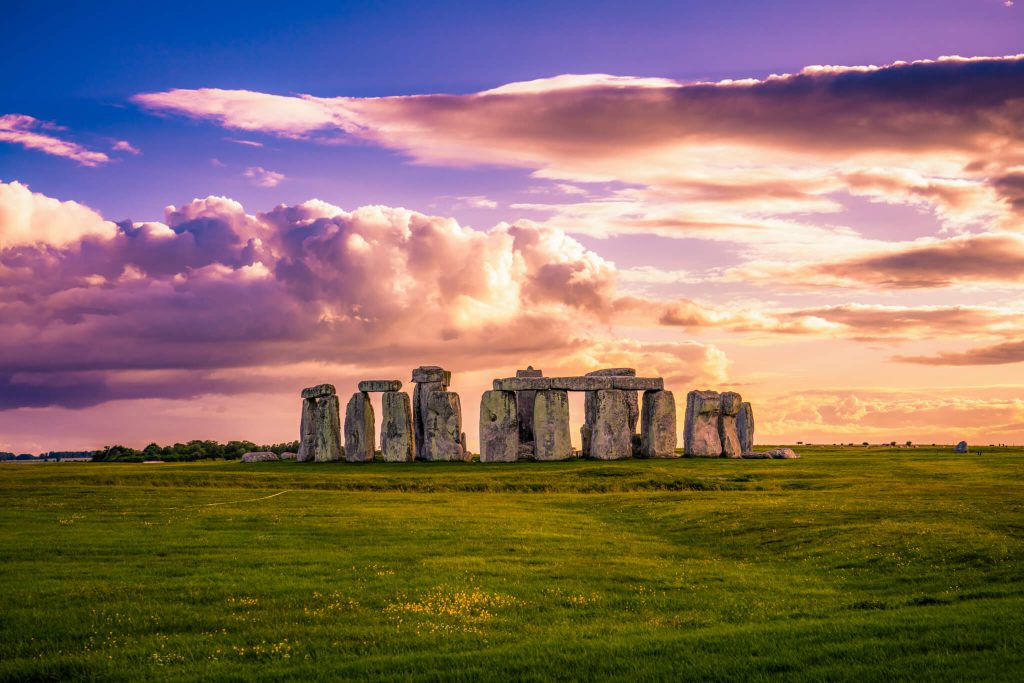
Plymouth, is a port city and unitary authority in Devon, South West England. It is located on Devon’s south coast between the rivers Plym and Tamar, about 36 miles (58 km) southwest of Exeter and 193 miles (311 km) southwest of London.
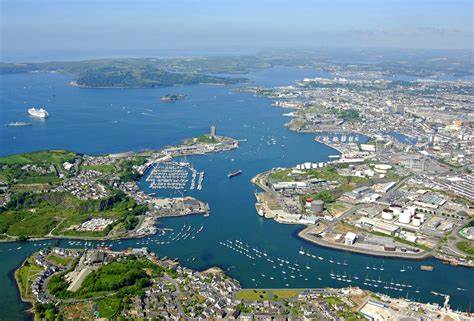
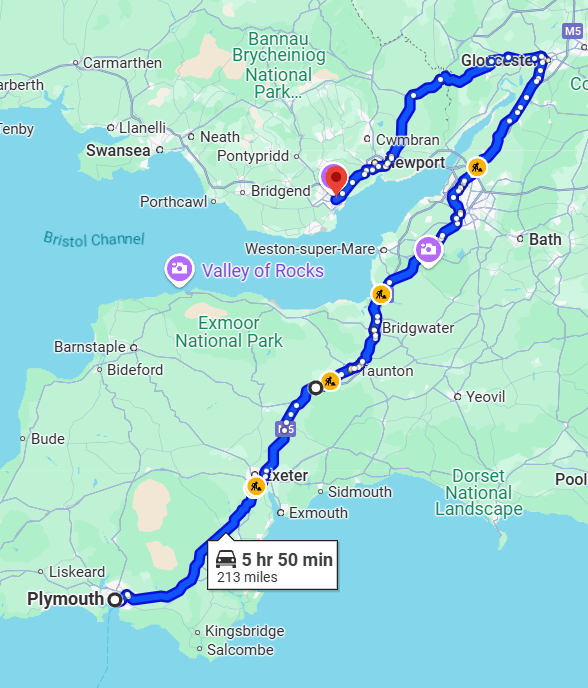
Day 2. Plymouth to Cardiff.
Plymouth, Exeter, Taunton, Gloucester and Cardiff.
Devon, Somerset, Gloucestershire and Wales.
- Miles: 215 miles
- Time: 6 to 8 hours
Exeter, is a cathedral city and the county town of Devon, South West England. It is situated on the River Exe, approximately 36 mi (58 km) northeast of Plymouth and 65 mi (105 km) southwest of Bristol.
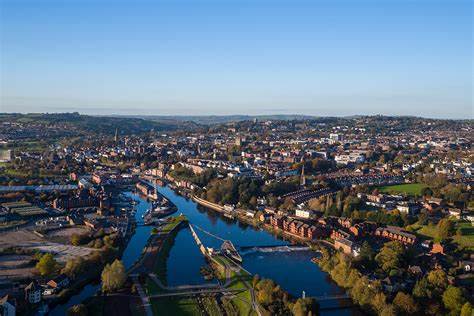
Taunton, is the county town of Somerset, England. It is a market town and has a minster church.
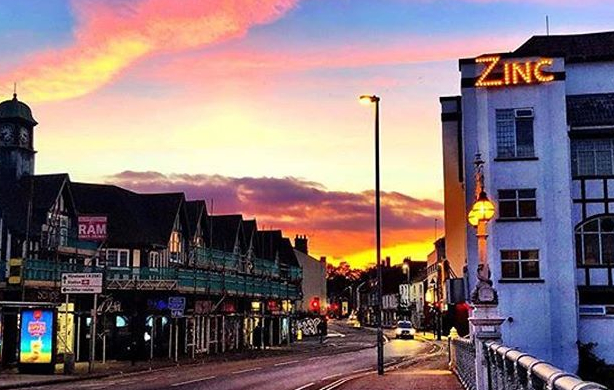
Gloucester, is a cathedral city and the county town of Gloucestershire in the South West of England. Gloucester lies on the River Severn, between the Cotswolds to the east and the Forest of Dean to the west; it is sited 19 miles (31 km) from Monmouth, 33 miles (53 km) from Bristol, and 17 miles (27 km) east of the border with Wales.
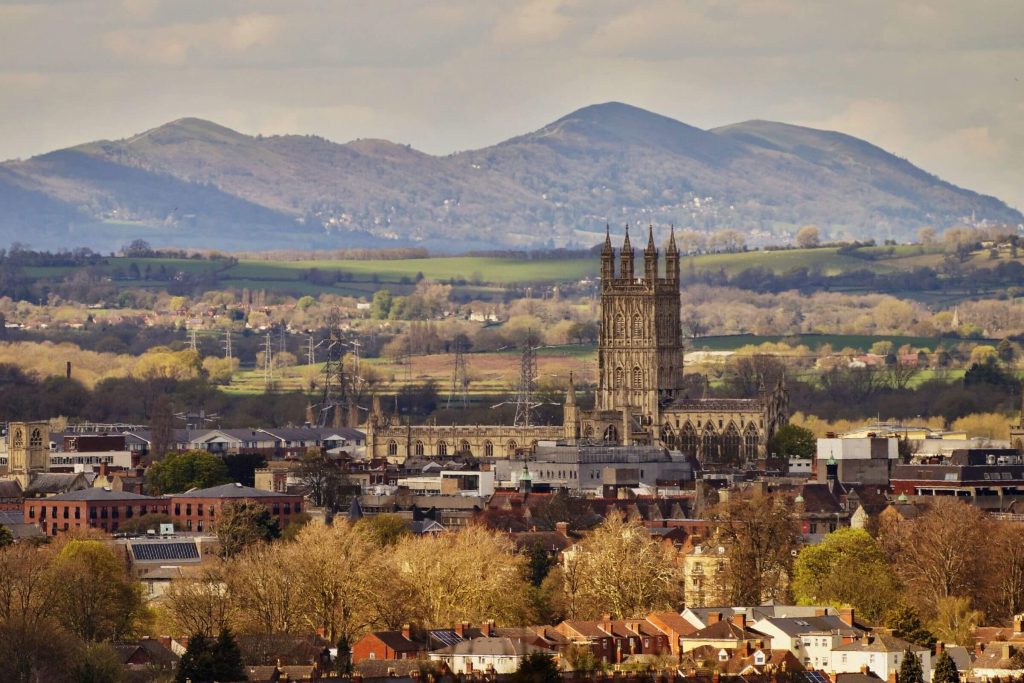
Cardiff, is the capital and largest city of Wales and forms a principal area officially known as the City and County of Cardiff. The city is the eleventh largest in the United Kingdom.
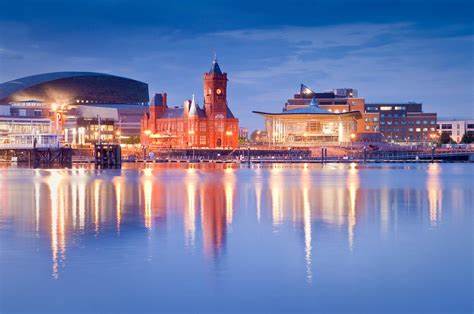
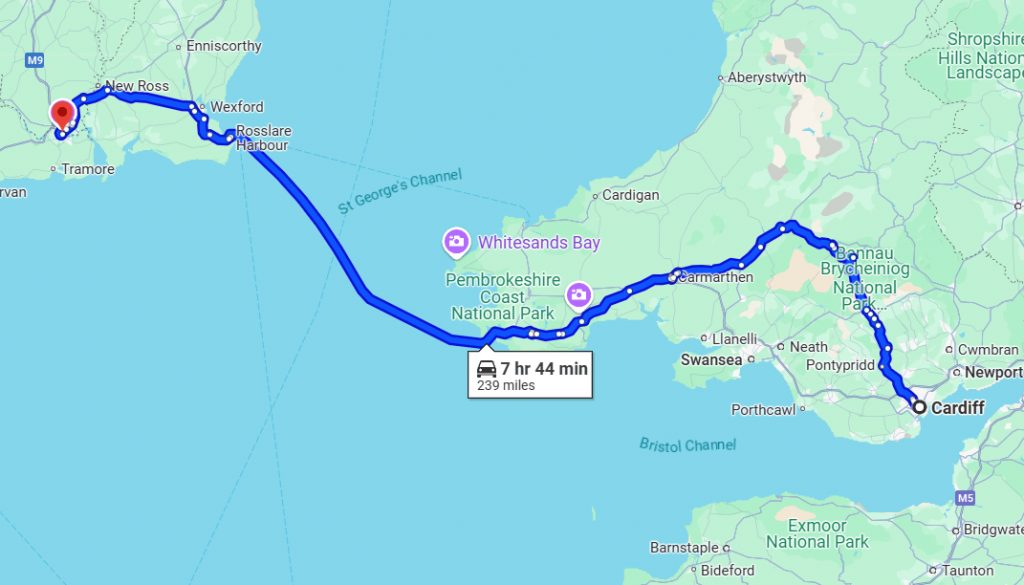
Carmarthen, ‘Merlin’s fort’ or possibly ‘Sea-town fort’, is the county town of Carmarthenshire and a community in Wales, lying on the River Towy 8 miles (13 km) north of its estuary in Carmarthen Bay.
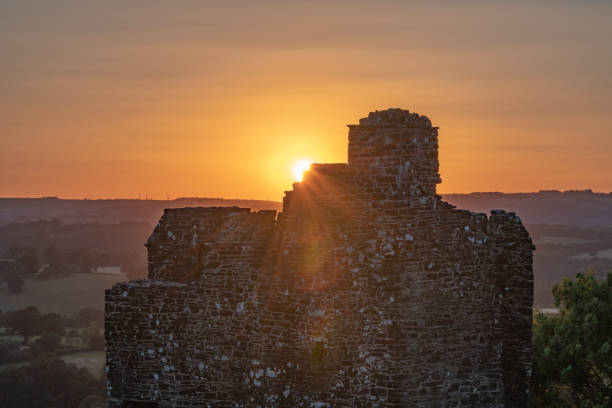
Pembroke, is a town and community in Pembrokeshire, Wales.
The ferry port of Pembroke Dock is 3 miles (4.8 km) to the northwest of Pembroke. It was established in 1814.
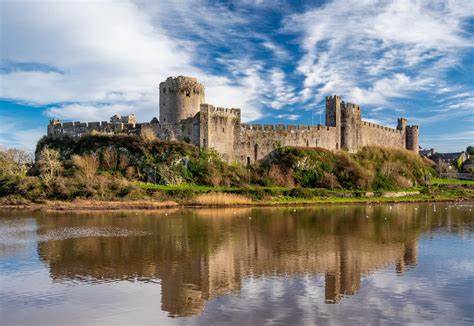
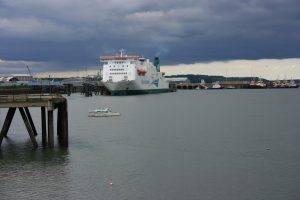
Rosslare harbour, also known as Ballygerry, grew up to serve the needs of the harbour of the same name (now called Rosslare Europort), first developed in 1906 by the Great Western Railway and the Great Southern and Western Railway to accommodate steamferry traffic between Great Britain and Ireland.
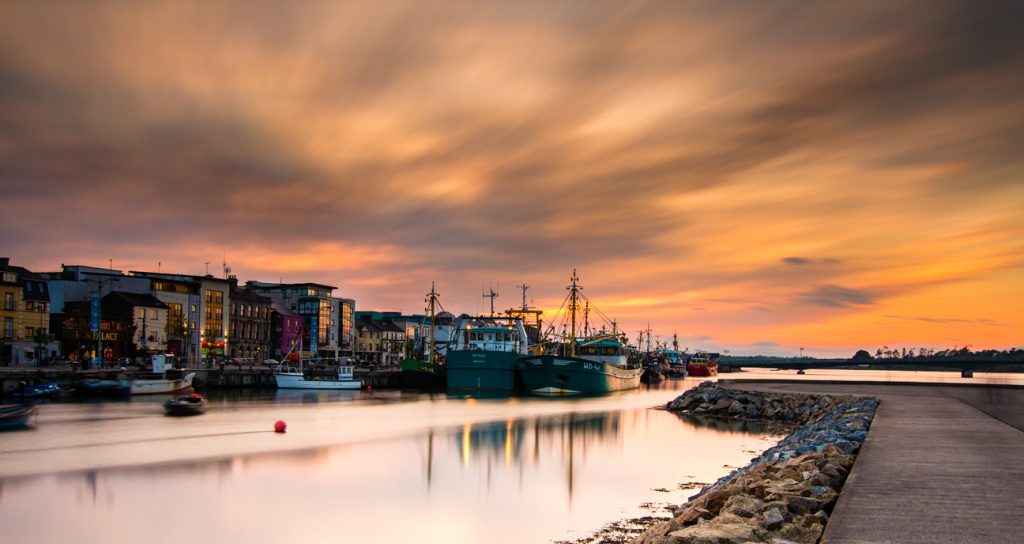
Waterford, is a city in County Waterford in the south-east of Ireland. It is located within the province of Munster. The city is situated at the head of Waterford Harbour. It is the oldest and the fifth most populous city in the Republic of Ireland.
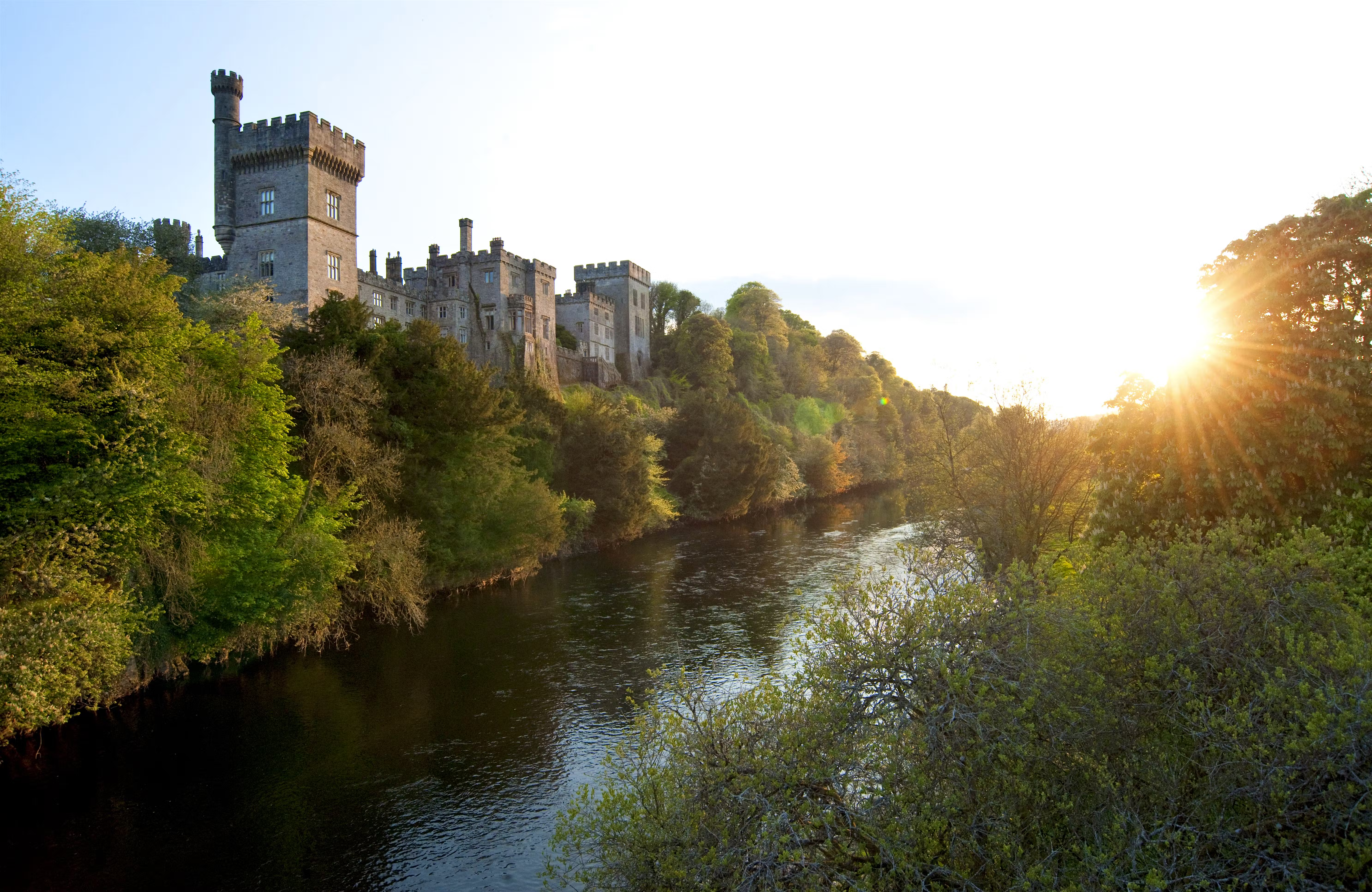
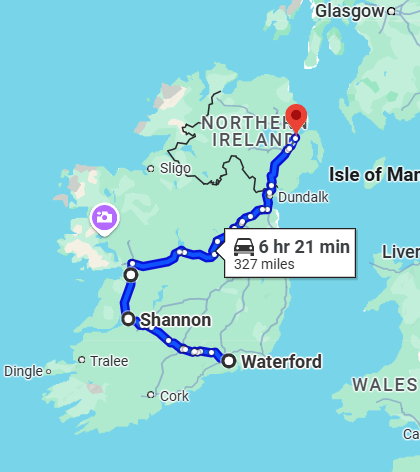
Day 4. Waterford to Belfast.
Waterford, Shannon, Galway and Belfast.
Ireland and Northern Ireland.
- Miles: 330 miles
- Time: 6 and half to 8 hours
Shannon, named after the river near which it stands, is a town in County Clare, Ireland. The town is located just off the N19 road, a spur of the N18/M18 road between Limerick and Ennis.
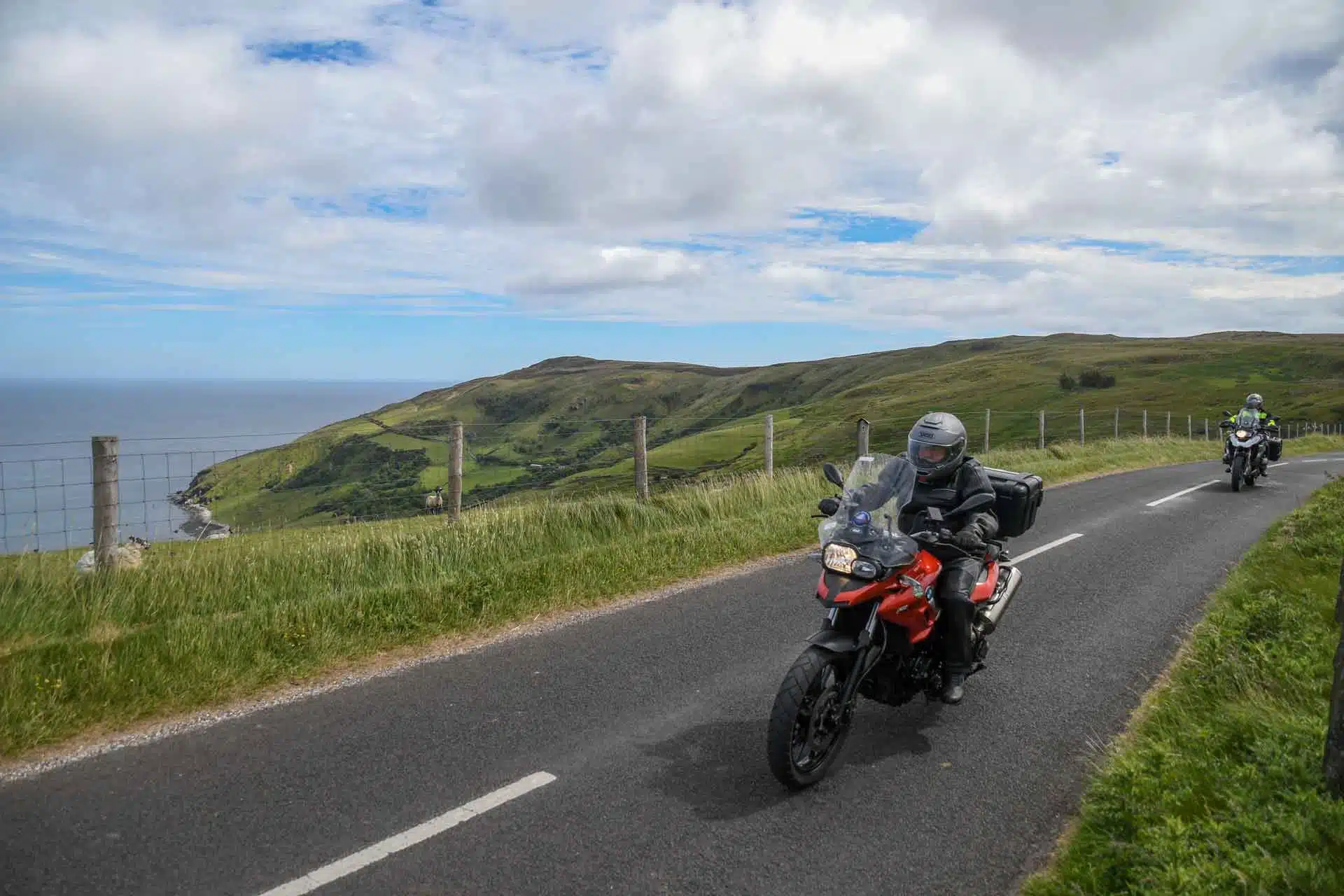
Galway, is a city in (and the county town of) County Galway. It lies on the River Corrib between Lough Corrib and Galway Bay.
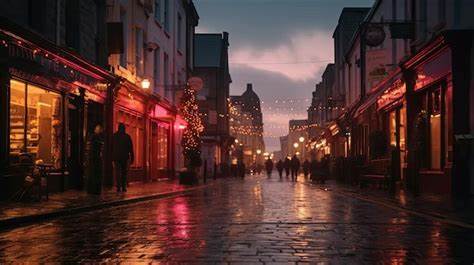
Belfast, is the capital city and principal port of Northern Ireland, standing on the banks of the River Lagan and connected to the open sea through Belfast Lough and the North Channel.
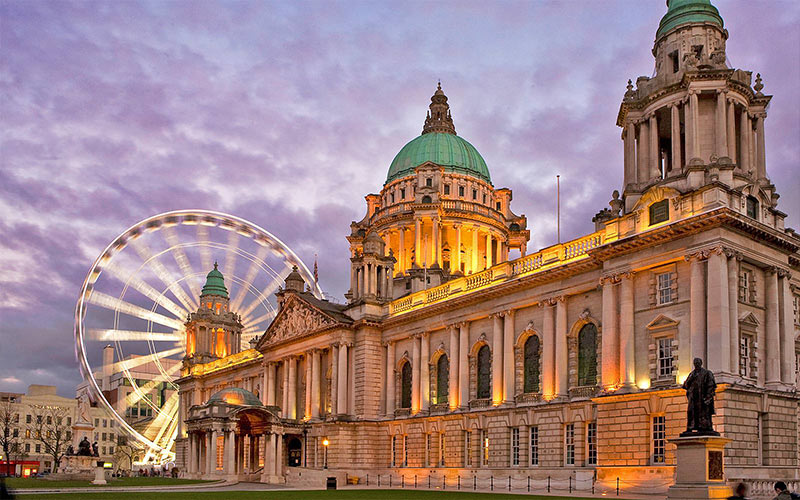
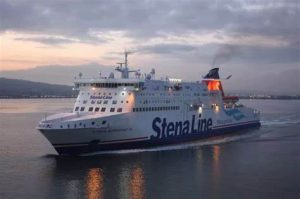
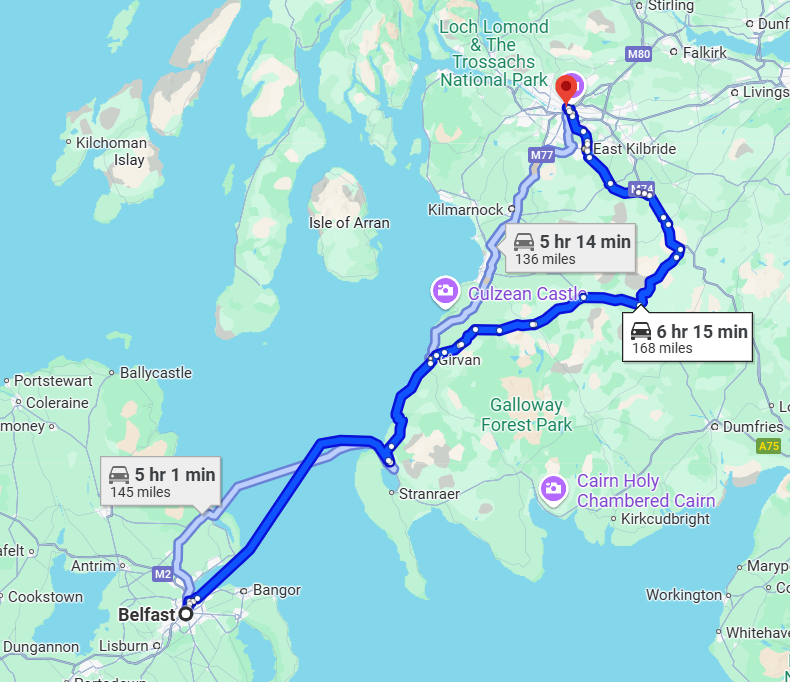
Day 5. Belfast to Glasgow.
Belfast, Stranraer and Glasgow.
Ferry Belfast to Stranraer.
Northern Ireland and Scotland.
- Miles: 170 miles
- Time: 5 to 8 hours
Stranraer, also known as The Toon, is a town in Dumfries and Galloway, Scotland, on Loch Ryan and the northern side of the isthmus joining the Rhins of Galloway to the mainland
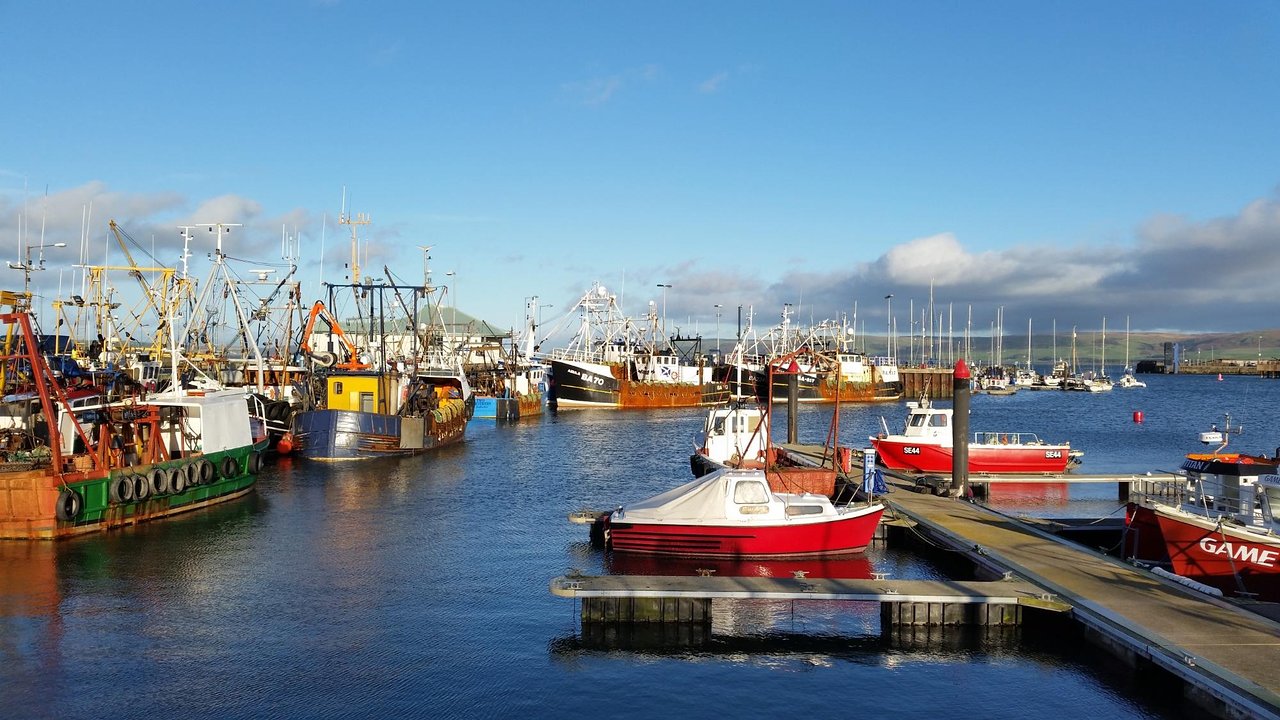
Glasgow, is the most populous city in Scotland, located on the banks of the River Clyde in west central Scotland.
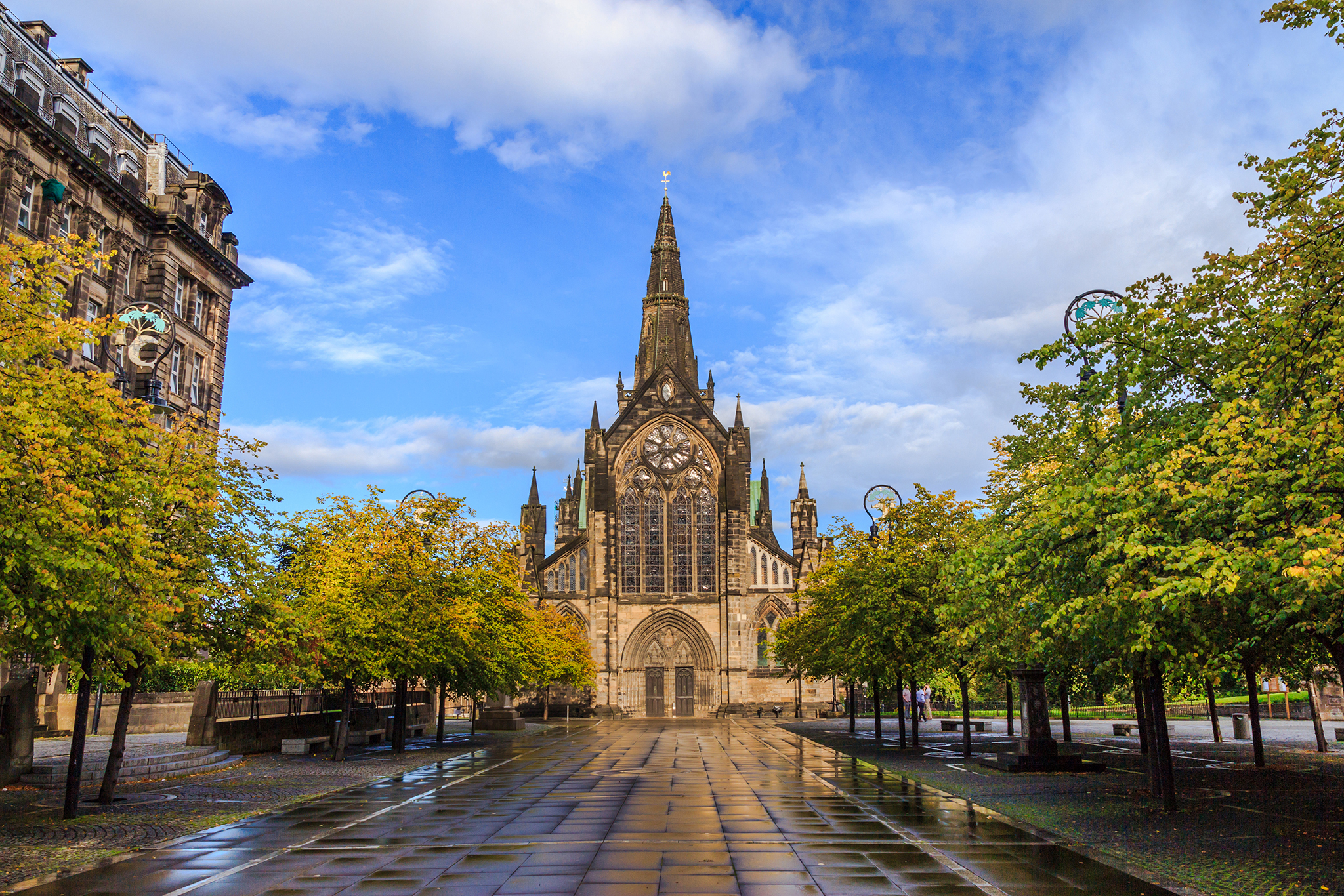
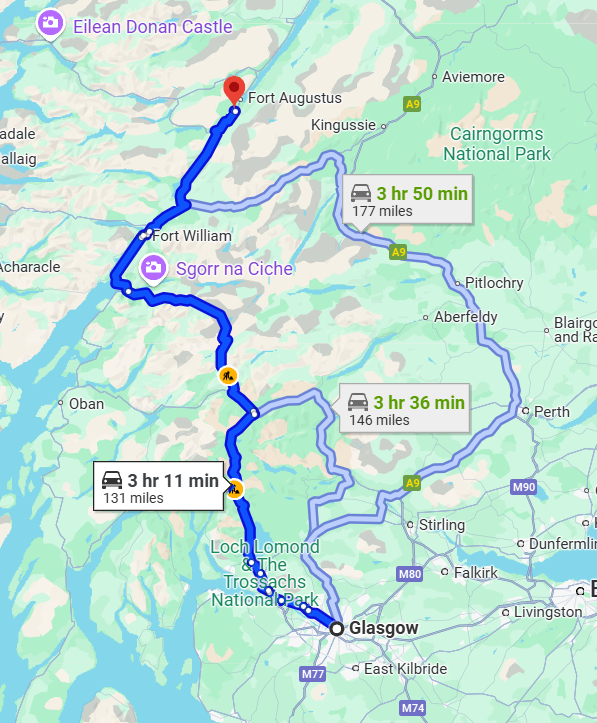
Day 6. Glasgow to Scottish Highlands.
Glasgow, Loch Lomond, Fort William, Fort Augustus and Loch Ness.
- Miles: 130 miles
- Time: 3 and half to 6 hours
Loch Lomond, is a freshwater Scottish loch which crosses the Highland Boundary Fault, often considered the boundary between the lowlands of Central Scotland and the Highlands. Its southern shores are about 23 kilometres (14 mi) northwest of the centre of Glasgow
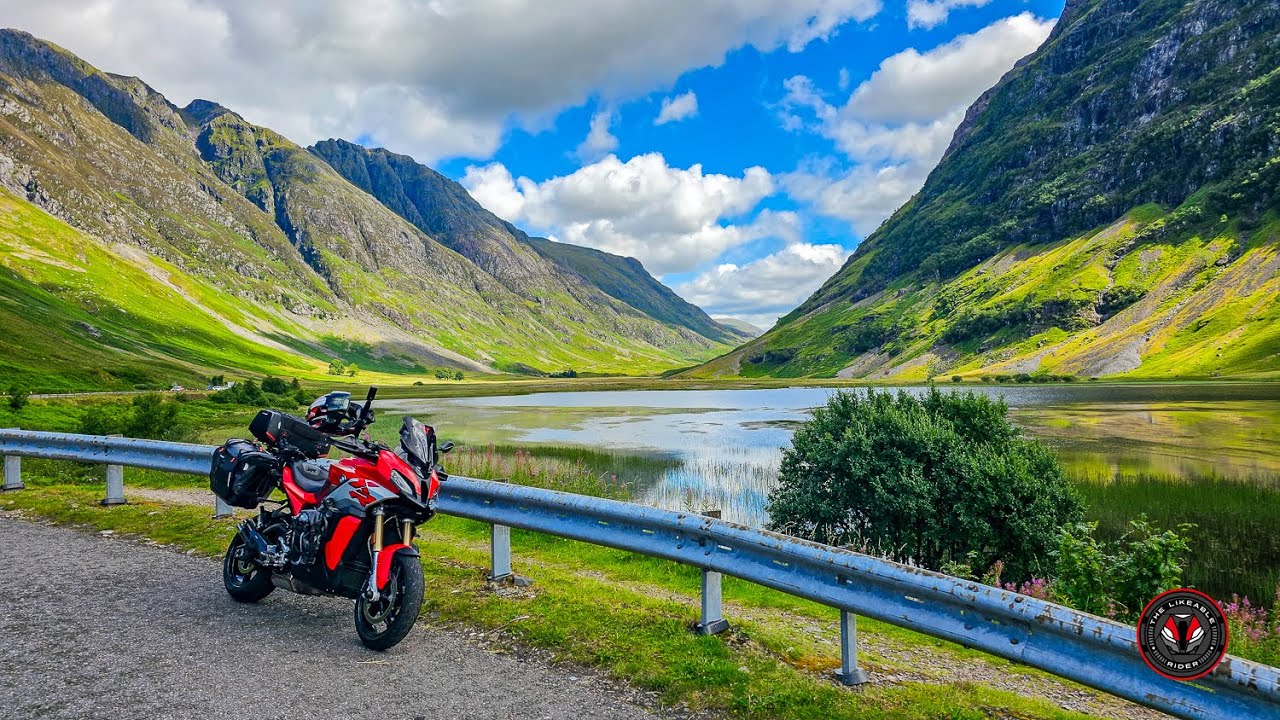
Fort William, is a town in the Lochaber region of the Scottish Highlands, located on the eastern shore of Loch Linnhe in the Highland Council of Scotland.
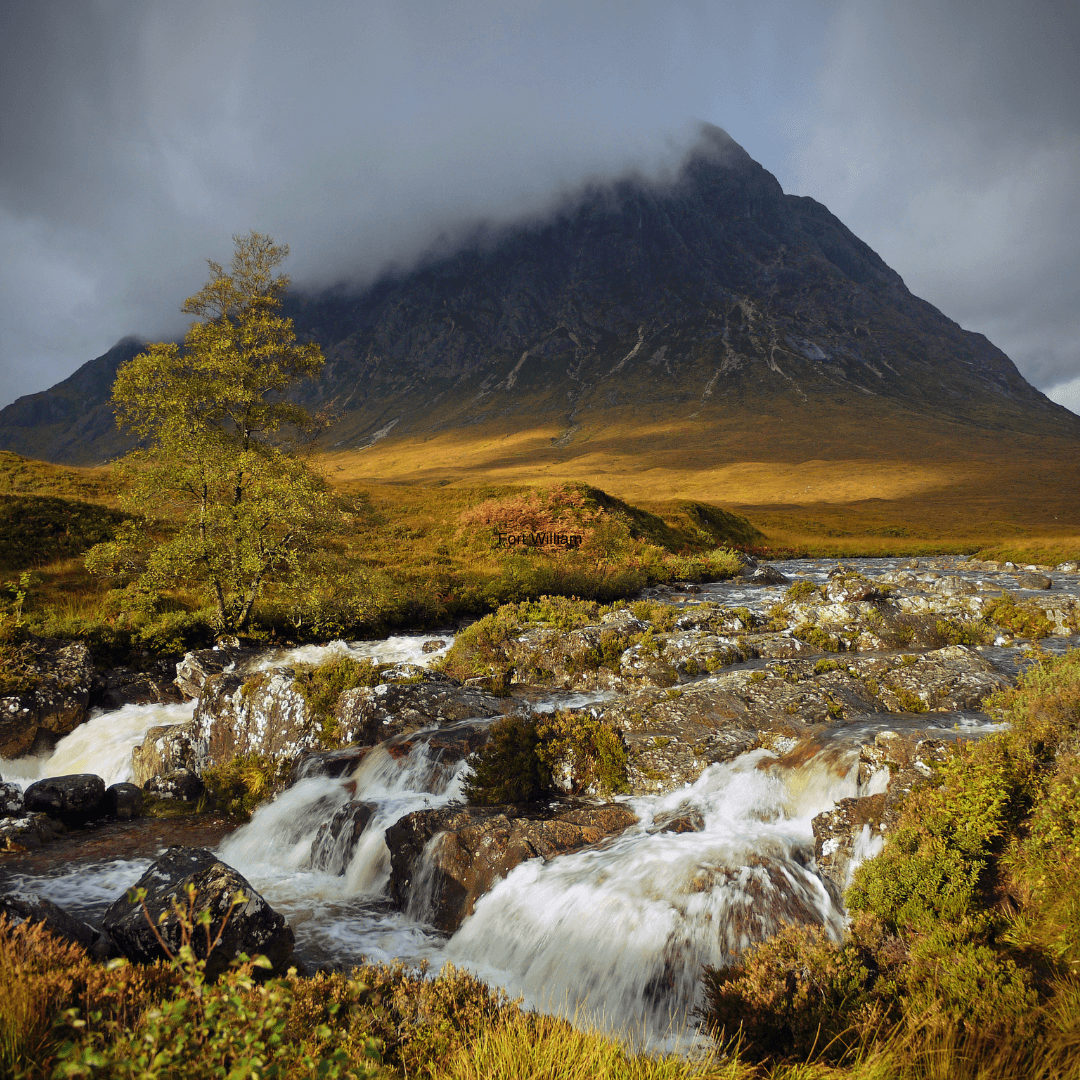
Fort Augustus is a settlement in the parish of Boleskine and Abertarff, at the south-west end of Loch Ness, Scottish Highlands.

Loch Ness, is a large freshwater loch in the Scottish Highlands extending for approximately 37 kilometres (23 miles) along the length of the Great Glen southwest of Inverness. It takes its name from the River Ness, which flows from the northern end. Loch Ness is best known for claimed sightings of the cryptozoological Loch Ness Monster, also known affectionately as “Nessie”.
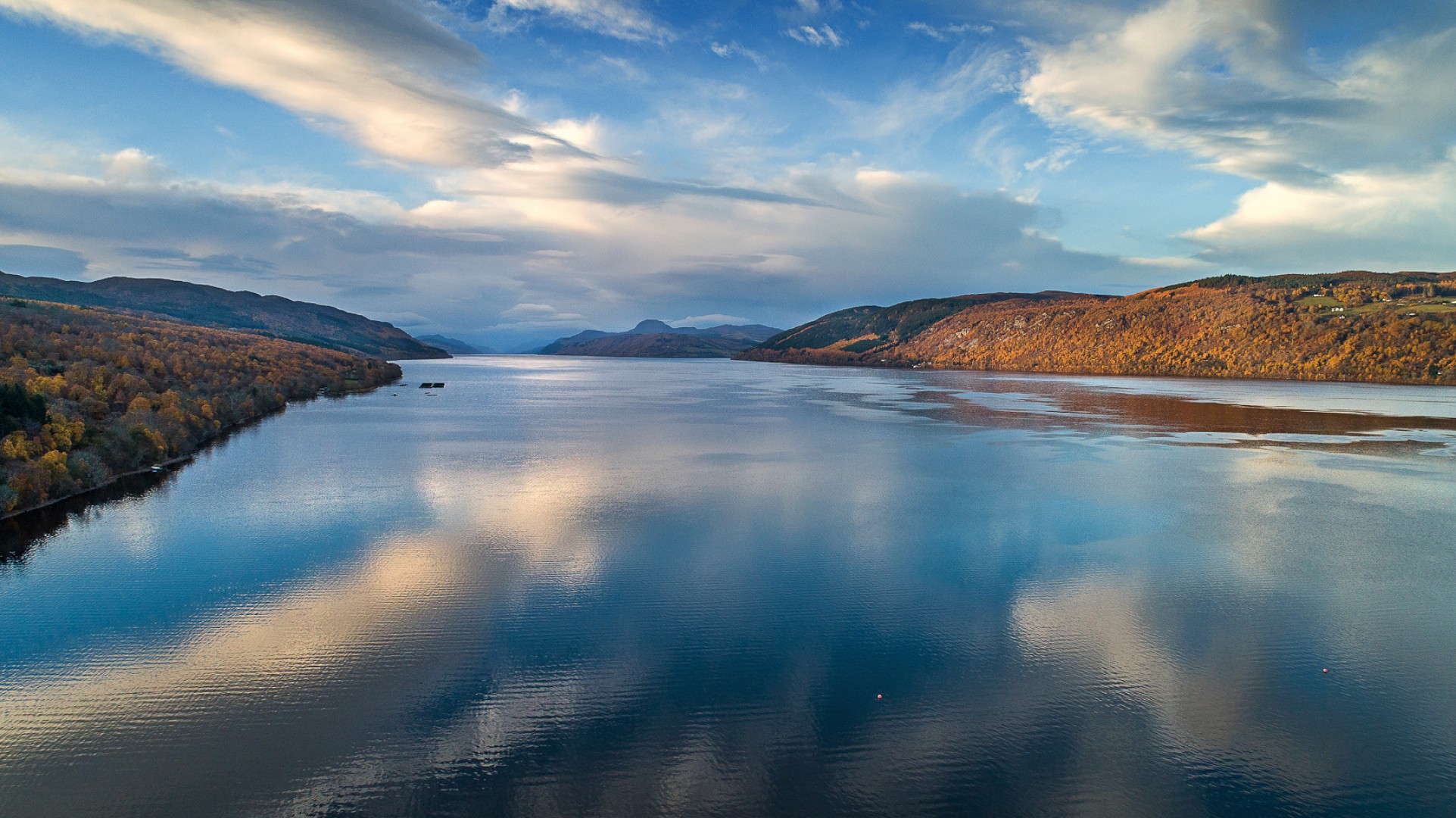
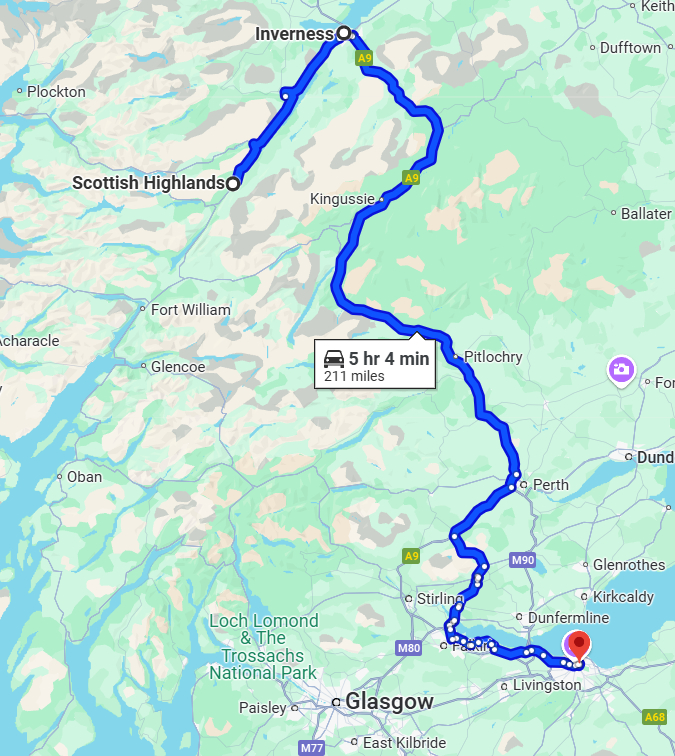
Day 7. Scottish Highlands to Edinburgh.
Loch Ness, Pitlochry, Perth and Edinburgh.
- Miles: 215 miles
- Time: 5 to 7 hours
Pitlochry, is a town in the Perth and Kinross council area of Scotland, lying on the River Tummel.
It is largely a Victorian town, which developed into a tourist resort after Queen Victoria and Prince Albert visited the area in 1842 and bought a highland estate at Balmoral, and the arrival of the railway in 1863.
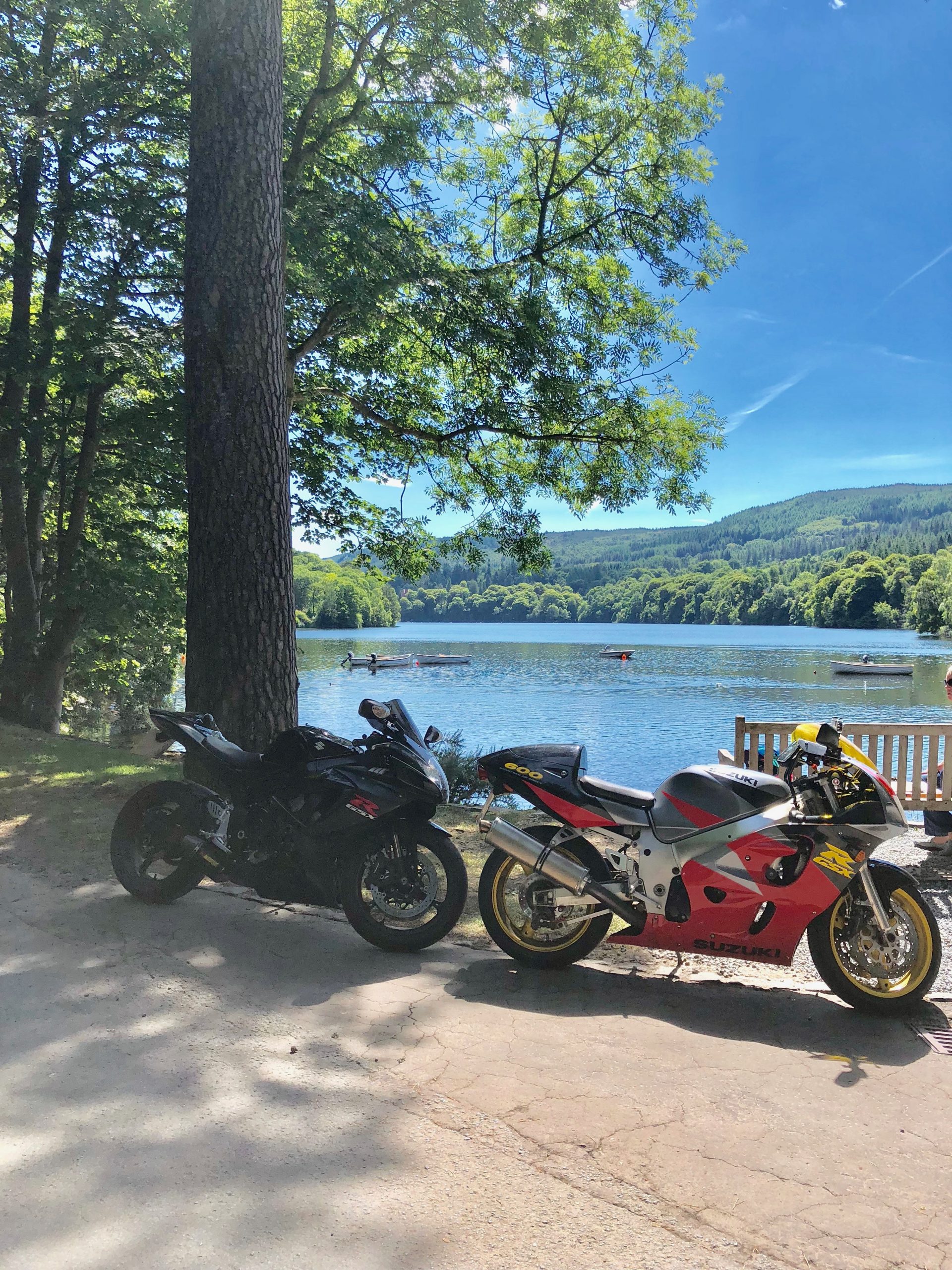
Perth, is a centrally located Scottish city, on the banks of the River Tay. It is the administrative centre of Perth and Kinross council area and is the historic county town of Perthshire.
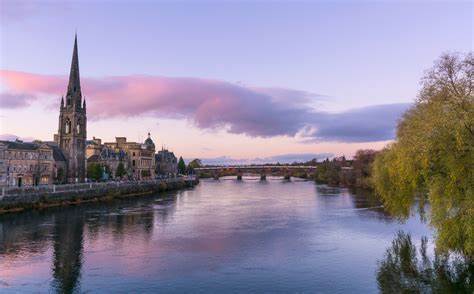
Edinburgh, is the capital city of Scotland and one of its 32 council areas. The city is located in southeast Scotland and is bounded to the north by the Firth of Forth and to the south by the Pentland Hills.
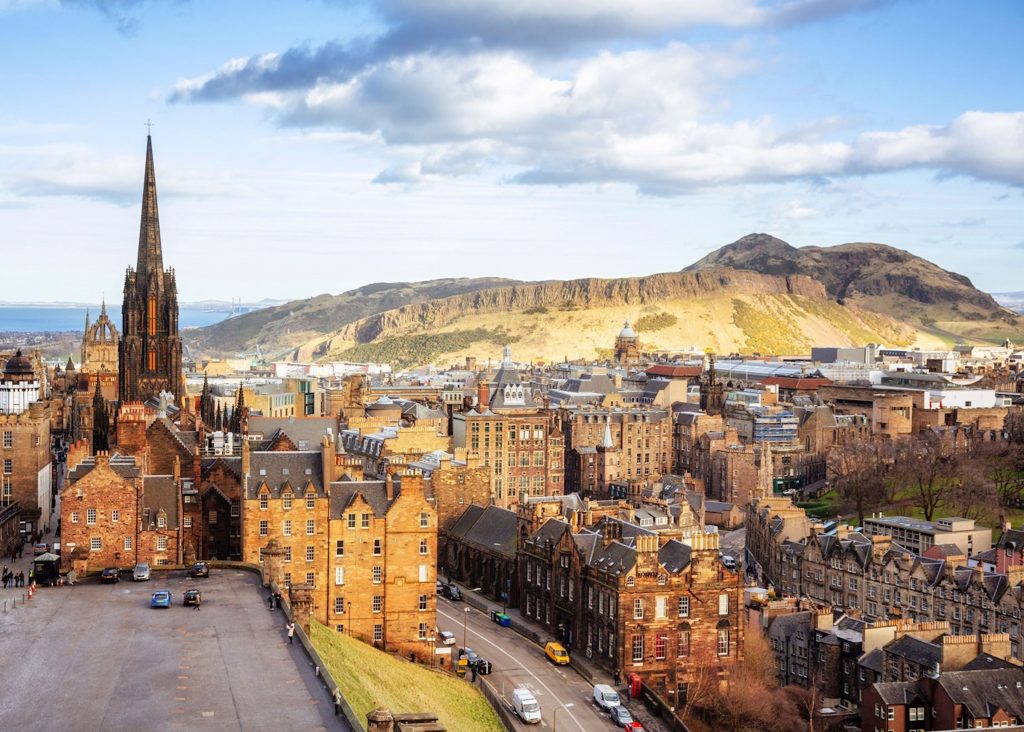
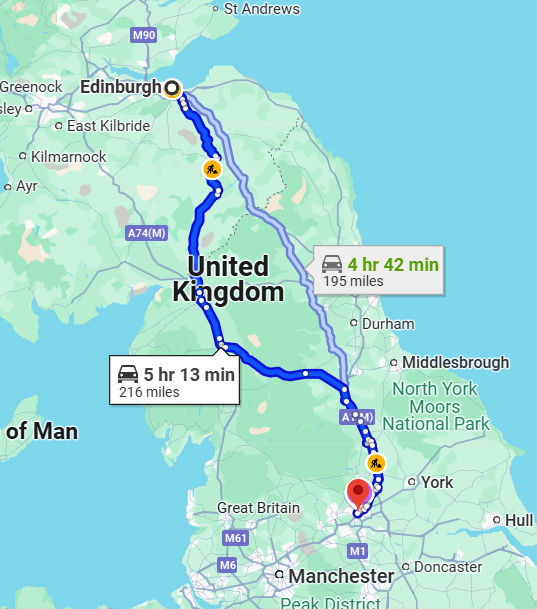
Carlisle, is a cathedral city in the ceremonial county of Cumbria in England. It is the administrative centre of Cumberland Council which covers an area similar to the historic county of Cumberland.
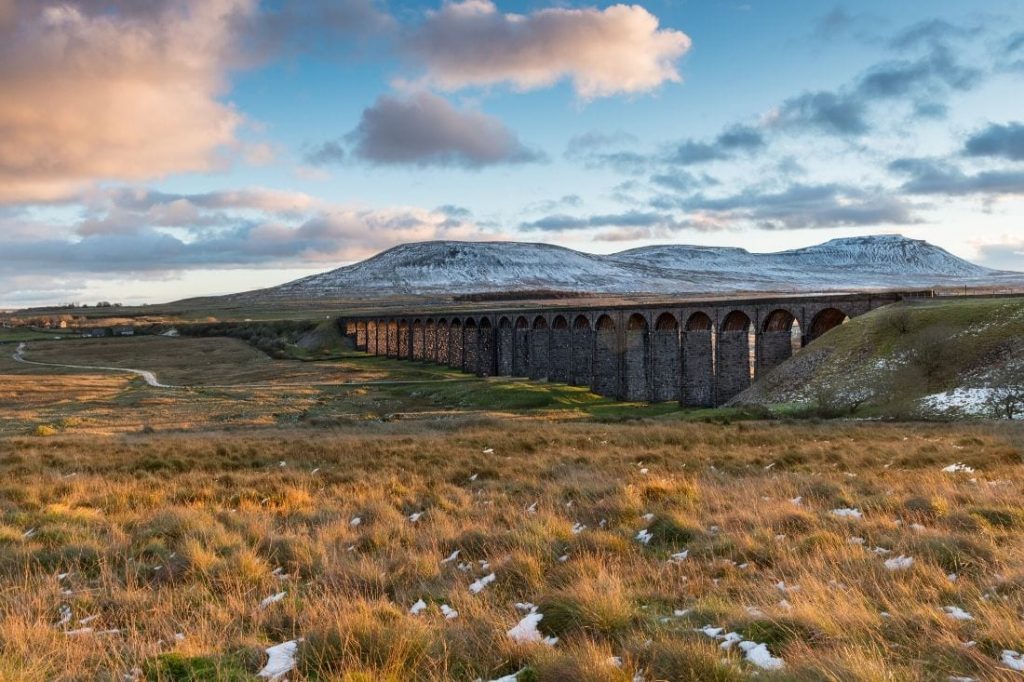
Appleby-in-Westmorland is a market town and civil parish in Westmorland and Furness, Cumbria, England.
Appleby lies 14 miles (23 km) south-east of Penrith, 32 miles (51 km) south-east of Carlisle.
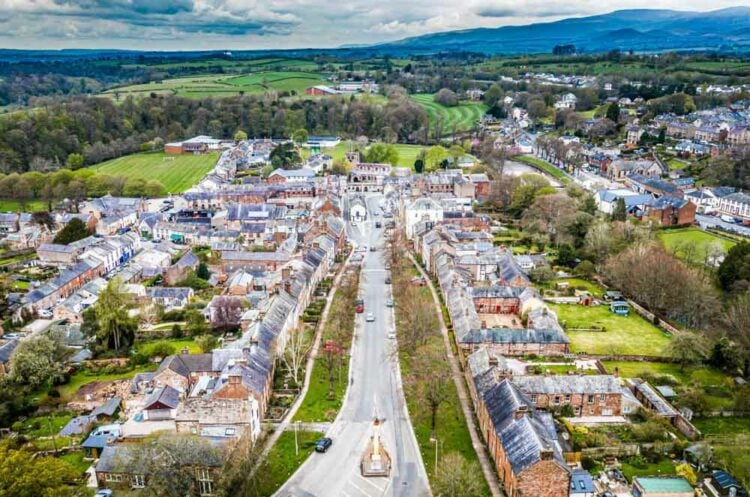
Richmond is a market town and civil parish in North Yorkshire, England. It is located at the point where Swaledale, the upper valley of the River Swale, opens into the Vale of Mowbray. The town is 13 miles (21 km) north-west of Northallerton, the county town, and 41 miles (66 km) north-west of York.
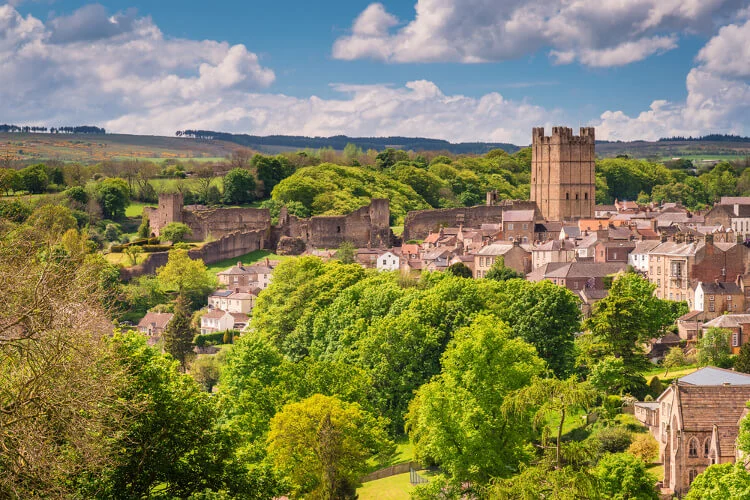
Wetherby, is a market town and civil parish in the City of Leeds, West Yorkshire, England. It is close to West Yorkshire county’s border with North Yorkshire, and lies approximately 12 miles (19 kilometres) from Leeds City Centre, 12 mi (19 km) from York and 8 mi (13 km) from Harrogate. The town stands on the River Wharfe, and for centuries has been a crossing place and staging post on the Great North Road midway between London and Edinburgh.
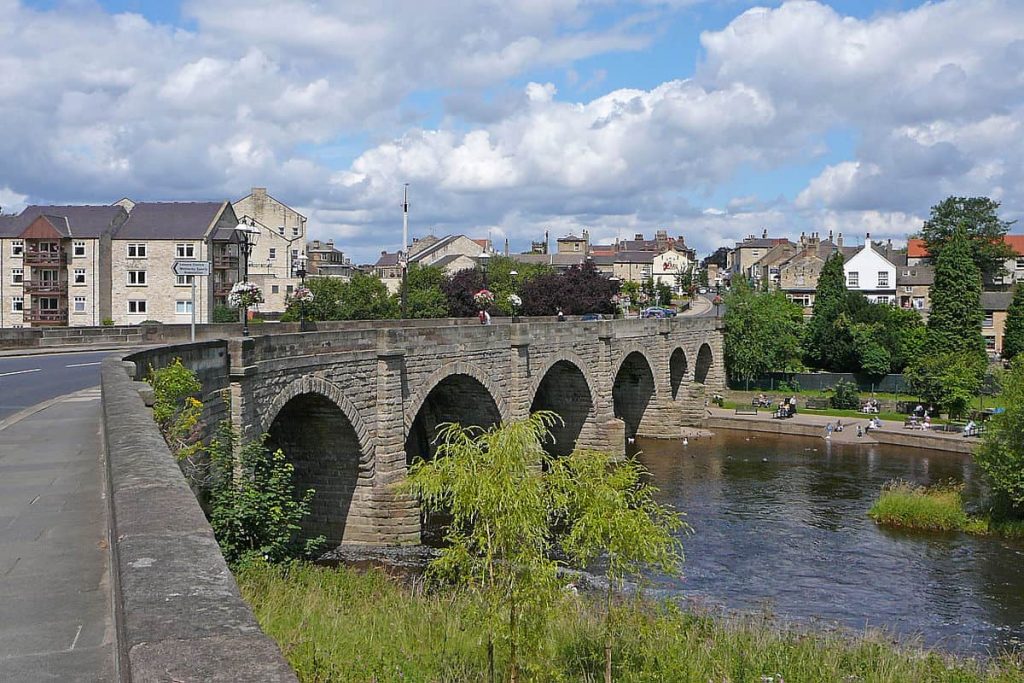
Leeds, is a city in West Yorkshire, England. It is the largest settlement in Yorkshire and the administrative centre of the City of Leeds Metropolitan Borough, which is the second most populous district in the United Kingdom. It is built around the River Aire and is in the eastern foothills of the Pennines.
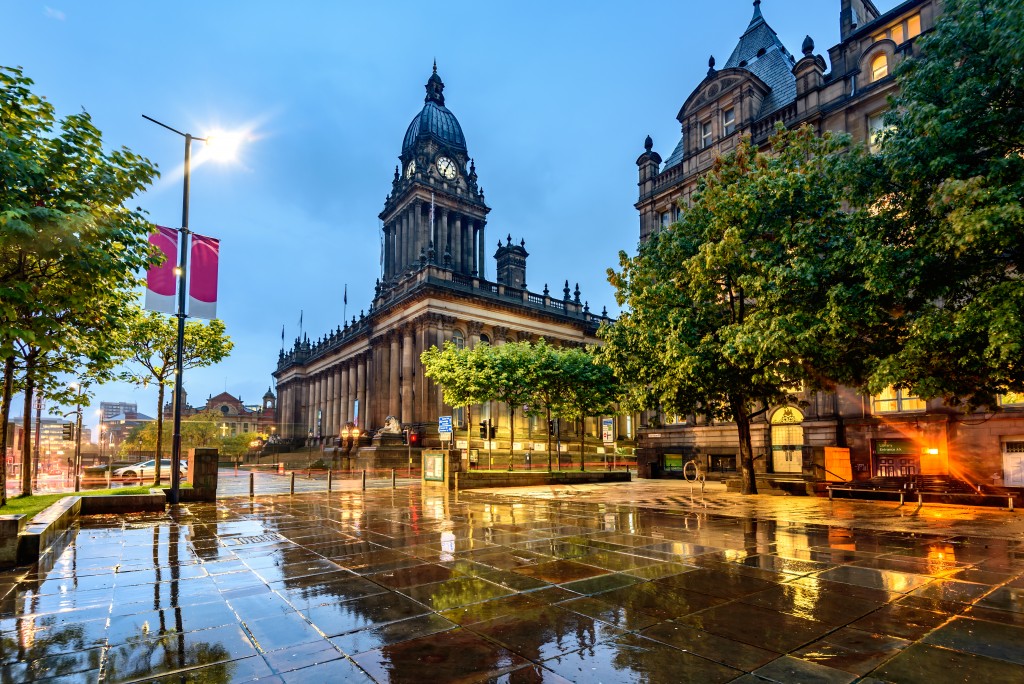
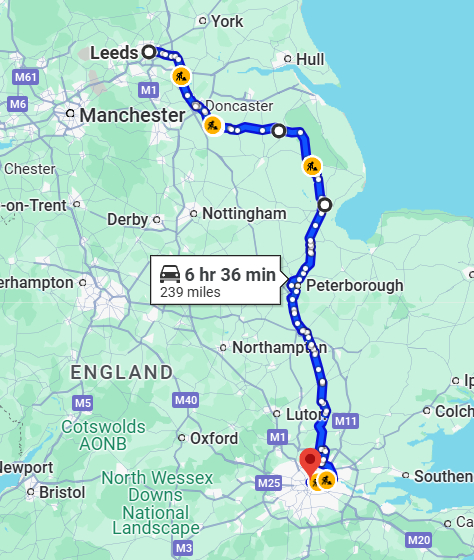
Day 9. Leeds to London.
Leeds, Doncaster, Boston, Peterborough and London.
Yorkshire, Nottinghamshire, Lincolnshire, Cambridgeshire, Bedfordshire, Hertfordshire and Greater London.
- Miles: 240 miles
- Time: 6 and half to 8 hours
Doncaster, is a city in South Yorkshire, England. Named after the River Don, it is the administrative centre of the City of Doncaster metropolitan borough, and is the second largest settlement in South Yorkshire after Sheffield.
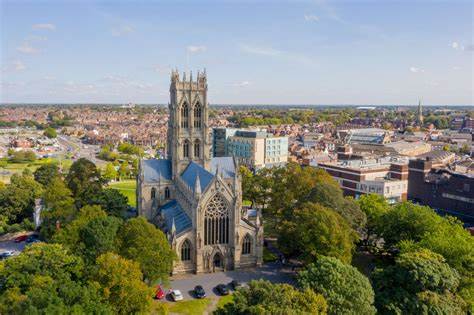
Boston is a market town and inland port in the borough of the same name in the county of Lincolnshire, England.
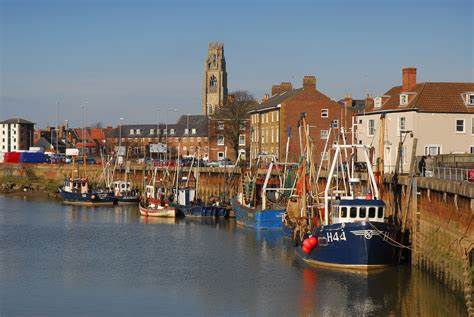
Peterborough, is a cathedral city in the City of Peterborough district in the ceremonial county of Cambridgeshire, England. The city is 74 miles (119 km) north of London, on the River Nene.
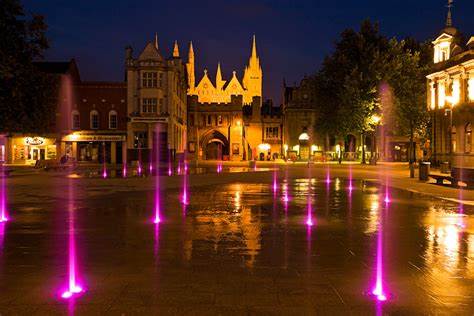
Information correct at the time the article was written in January 2025.
